In the vast and intricate tapestry of Hindu mythology, there exist deities who symbolize both creation and destruction, protection and devastation. One such intriguing and often overlooked figure is Goddess Nirrti. Representing the darker aspects of life, Nirrti is a goddess associated with death, destruction, misfortune, and decay. However, like many aspects of Hinduism, Nirrti’s symbolism is nuanced, and she carries meanings that go beyond mere negativity.
But who is Nirrti, and why does she hold such a significant place in the pantheon of Hindu deities? Let’s explore her origins, symbolism, and relevance to those seeking a deeper understanding of Hindu spirituality.
The Origins of Nirrti
The name Nirrti comes from the Sanskrit word “nir” (without) and “rta” (order, truth), which directly translates to “the absence of order or righteousness.” In Vedic literature, she is depicted as a goddess who presides over chaos, disorder, and destruction. Her presence is most commonly invoked in situations where things fall apart, both literally and metaphorically.
In the Rigveda, one of the oldest and most revered Hindu texts, Nirrti is mentioned in connection with disease, poverty, and death. She is said to dwell in the realms of darkness and ruin, embodying the inevitable decay that comes with the passage of time. Yet, her worshippers sought her protection to ward off her influence, hoping to keep the forces of chaos at bay.
This association with the darker forces of life makes Nirrti a powerful figure for those who wish to understand the cyclical nature of existence. Life is not just about creation and growth, but also about destruction and renewal. Nirrti reminds us of the impermanence of all things.
Nirrti and Kali A Comparison of Destructive Forces
Nirrti is often compared with Goddess Kali, another fierce and formidable deity in Hinduism. Both goddesses embody destructive energies, yet they have distinct differences in how they are perceived and worshipped.
While Nirrti symbolizes disorder and decay, Kali represents transformative destruction. Kali is often worshipped as a compassionate mother figure who destroys evil to protect her devotees. Her fierce image, with a necklace of skulls and her tongue sticking out, reminds worshippers of the impermanence of life and the power of time (Kala).
On the other hand, Nirrti does not offer protection or transformation in the way Kali does. Her essence is one of inevitability – the natural disintegration of things. She is more passive in nature, embodying the law of entropy. Where Kali brings a sense of renewal through destruction, Nirrti simply represents the unavoidable decay that all living things will face.
Despite their differences, both goddesses play a crucial role in Hindu spirituality by reminding worshippers that destruction is an inherent part of life, and to accept the darker sides of existence is to gain a fuller understanding of the universe.
Symbolism of Nirrti in Modern Times
In today’s world, Nirrti’s relevance has not diminished. Her symbolism of death, decay, and destruction resonates with the modern struggle against disease, poverty, and environmental decline. Her presence in the Vedic tradition serves as a reminder that life is not always under our control. There will be periods of loss, hardship, and uncertainty that we must endure.
Many spiritual practitioners invoke Nirrti as a way to confront their own fears about death and misfortune. In Hindu rituals, offerings are sometimes made to her to avert disaster or bring peace to souls who have passed away. This practice underscores the duality that Hinduism often embraces: acknowledging the destructive forces in life without succumbing to fear or despair.
Nirrti and the Concept of Karma
Nirrti’s role as a goddess of decay is intricately tied to the Hindu concept of karma. In Hinduism, karma refers to the law of cause and effect, where one’s actions determine the circumstances of their future. Nirrti represents the inevitable consequences of negative karma. When individuals deviate from dharma (righteous living), they may invite the influence of Nirrti into their lives, leading to suffering and disorder.
However, Nirrti’s influence is not permanent. In the grand cycle of samsara (the cycle of birth, death, and rebirth), her destructive energy is only one phase. After destruction, there is always the potential for renewal and growth. Just as a forest fire clears the way for new life, Nirrti’s presence makes space for fresh beginnings. In this sense, she is a reminder that while karma may bring consequences. There is always the opportunity for redemption through righteous actions.
Embracing the Dark Goddess
It’s easy to fear deities like Nirrti, especially in a culture that often emphasizes positivity and growth. However, from a spiritual perspective, acknowledging the darker forces of life can lead to greater inner peace. I remember a personal experience when I was going through a particularly challenging phase in my life – a period marked by loss and uncertainty. It was during this time that I learned about Nirrti and her significance.
Rather than running from the pain, I began to view it as part of the natural cycle of life. I accepted that not every season would be one of prosperity and growth. By embracing Nirrti’s energy, I found a deeper sense of resilience. It was a powerful reminder that, just as seasons change, so too do the phases of our lives.
For those walking a spiritual path, invoking Nirrti can be a way to confront the fear of loss and change. By offering prayers and rituals to her, we acknowledge the inevitability of hardship, but we also trust in the balance of the universe. What is destroyed will eventually be reborn.
Worship of Nirrti in Hindu Tradition
Though Nirrti is not as widely worshipped as other goddesses like Lakshmi or Saraswati, she holds an important place in specific rituals. In some regions, especially among certain tribal communities in India. She is invoked to ward off evil and to bring balance to the forces of chaos.
In ancient times, devotees made offerings to Nirrti to protect against disease, famine, and other misfortunes. Even today, some Hindu communities continue these rituals, particularly when facing crises or difficult life transitions. She is also called upon during funerary rites to ensure peace for the departed souls.
For those interested in exploring the more esoteric aspects of Hindu spirituality. Connecting with Nirrti offers a deeper understanding of the cyclical nature of life. Her energy reminds us that there is beauty in every phase of existence, even in the darkness.
Nirrti in Your Spiritual Journey
As you continue your spiritual exploration, consider the lessons that Goddess Nirrti offers. Life is not just about light and growth, but also about darkness and decay. Embracing both aspects can lead to a more profound connection with the divine and a deeper sense of inner peace.
If you feel drawn to the symbolism of Nirrti and want to incorporate her energy into your spiritual practice, there are ways to do so. You can set up a small altar with offerings that symbolize death and rebirth, such as dried flowers or seeds. Rituals that honor the goddess can help you accept the natural cycles of life and find strength in difficult times.
For those looking to deepen their connection with Hindu spirituality, explore the range of spiritual accessories available at spiritualguru.lk. Whether you are searching for sacred Rudraksha beads, Vibhuti (holy ash), or other spiritual tools, these items can assist you in your spiritual journey, offering support and protection as you navigate the complexities of life.

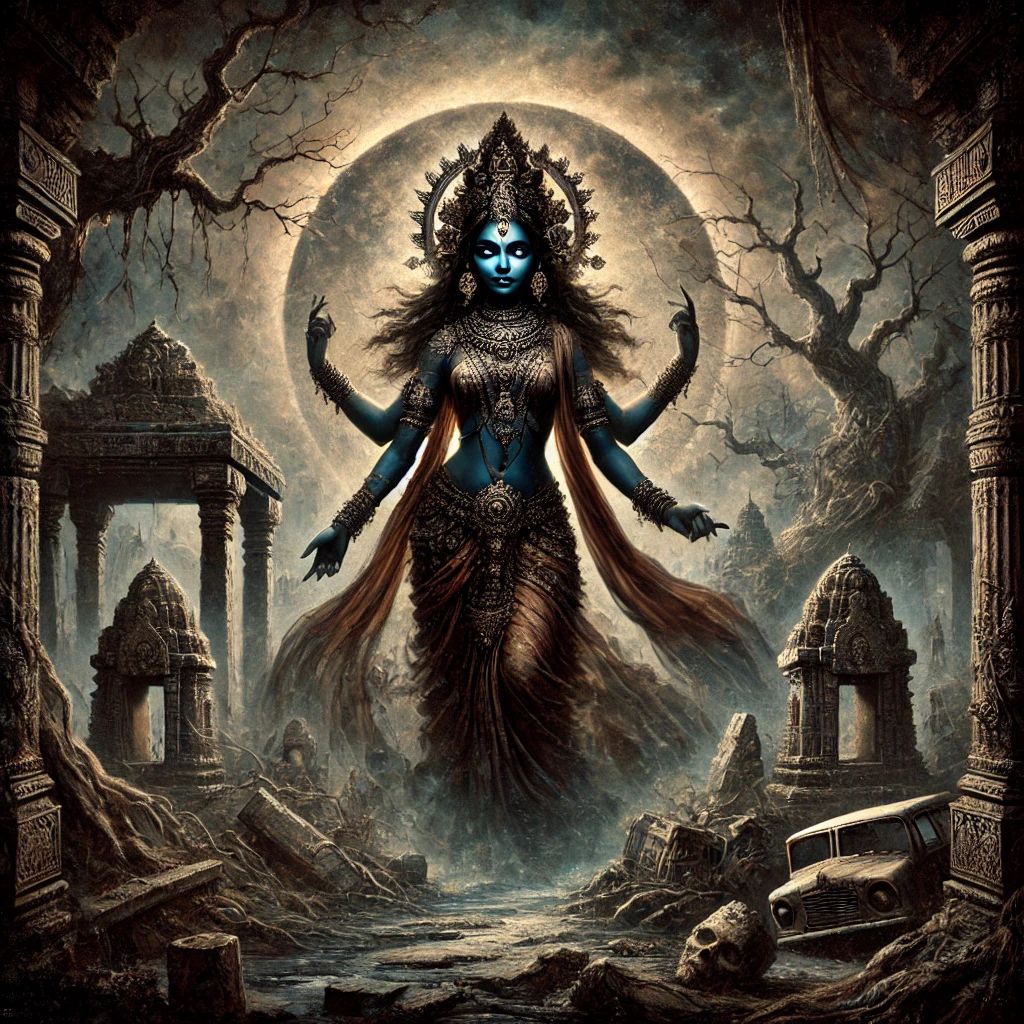
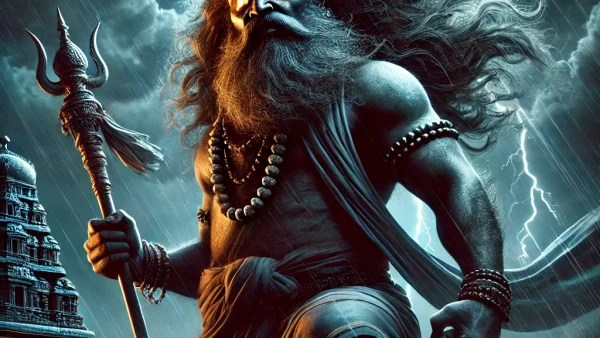
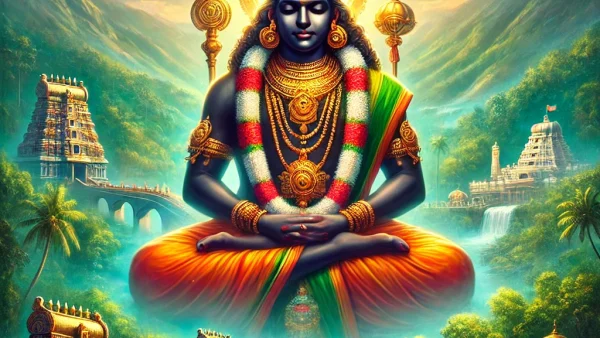
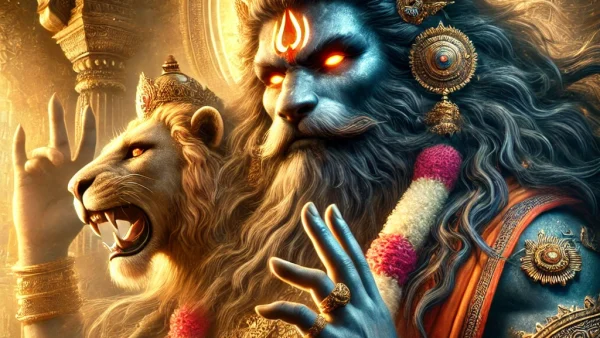
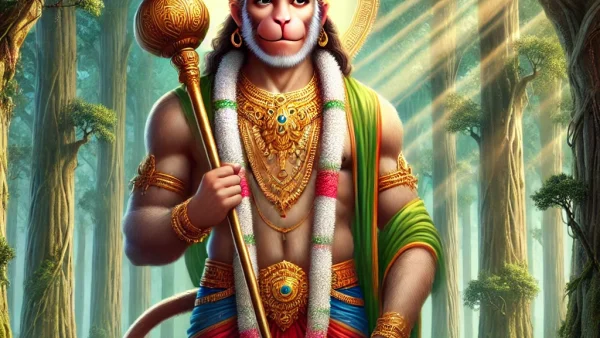
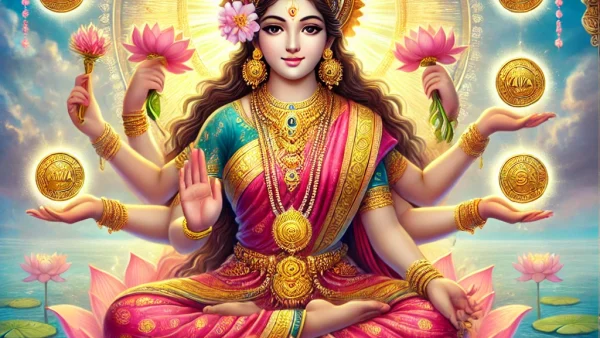
Pingback: Hidden Deities of Hinduism: Exploring the Unseen Pantheon - Dharma Pulse